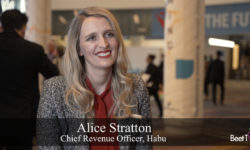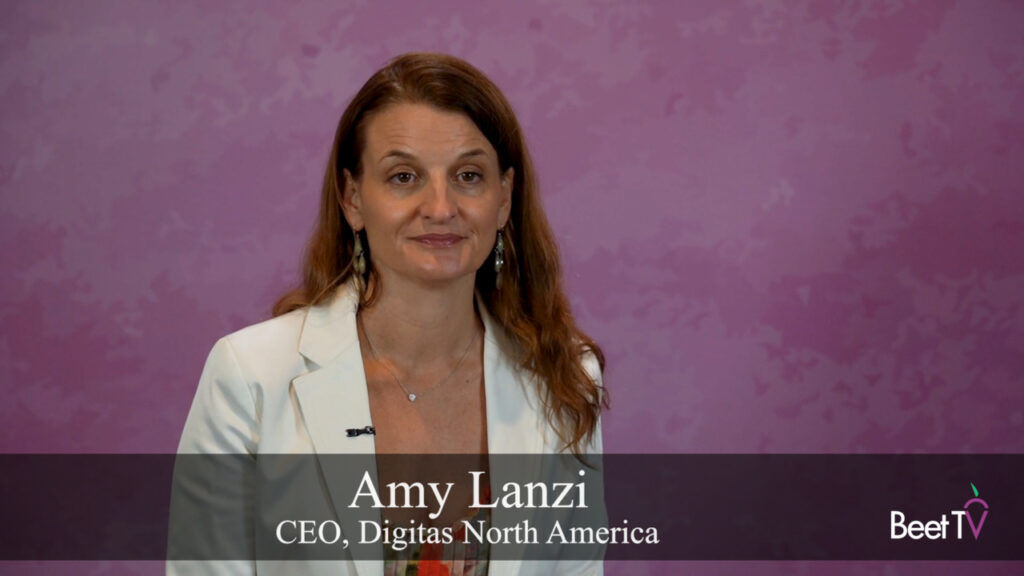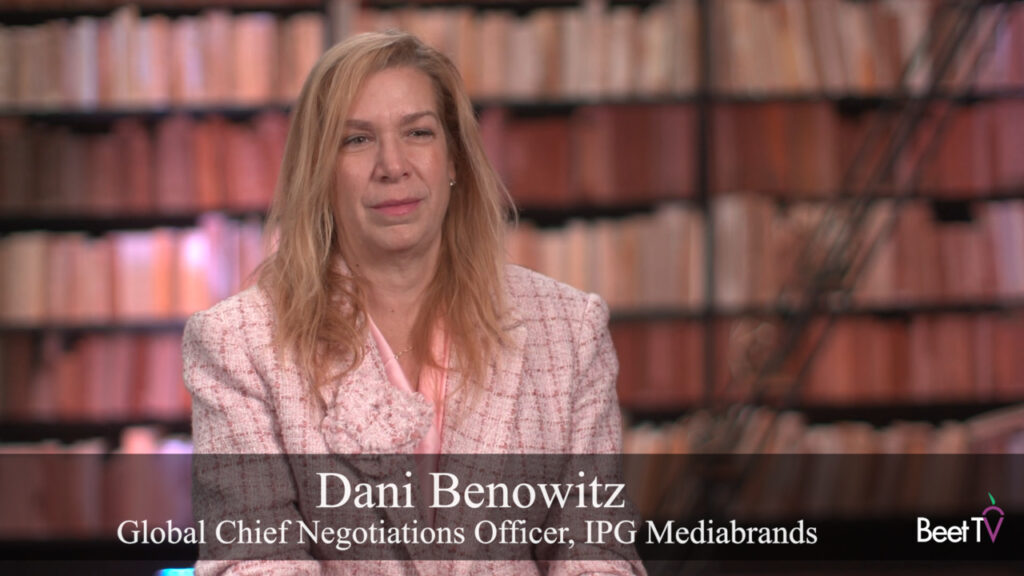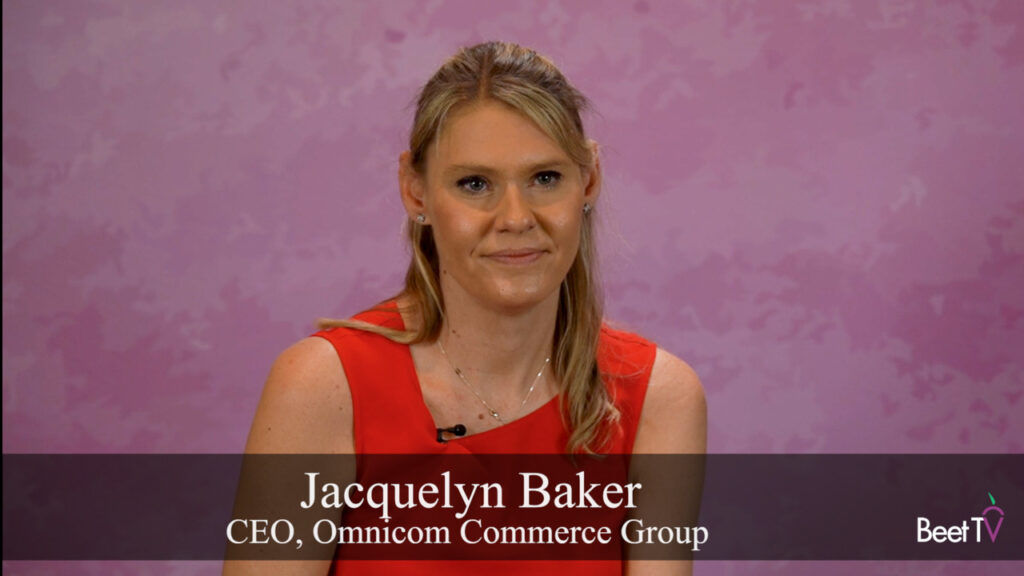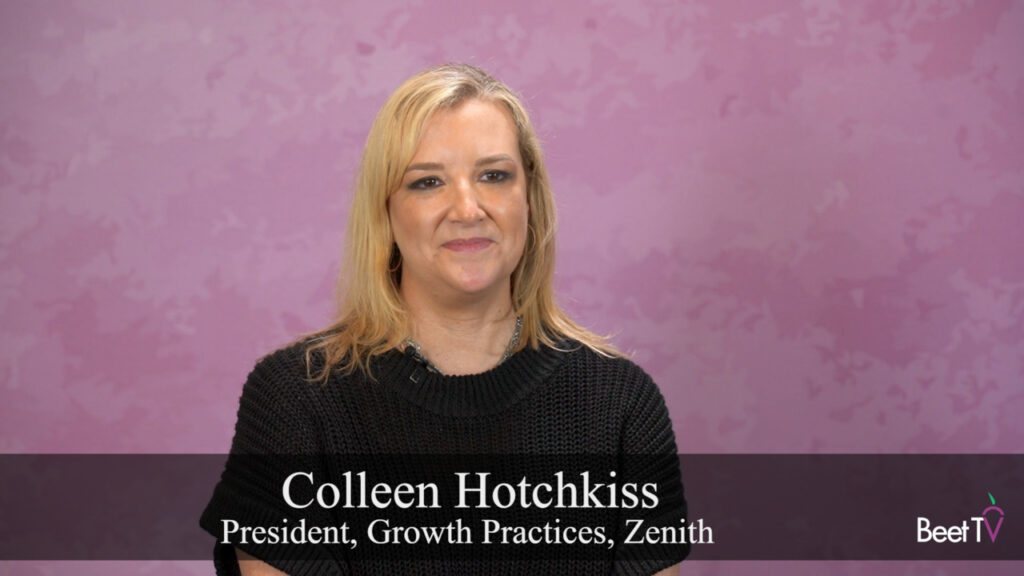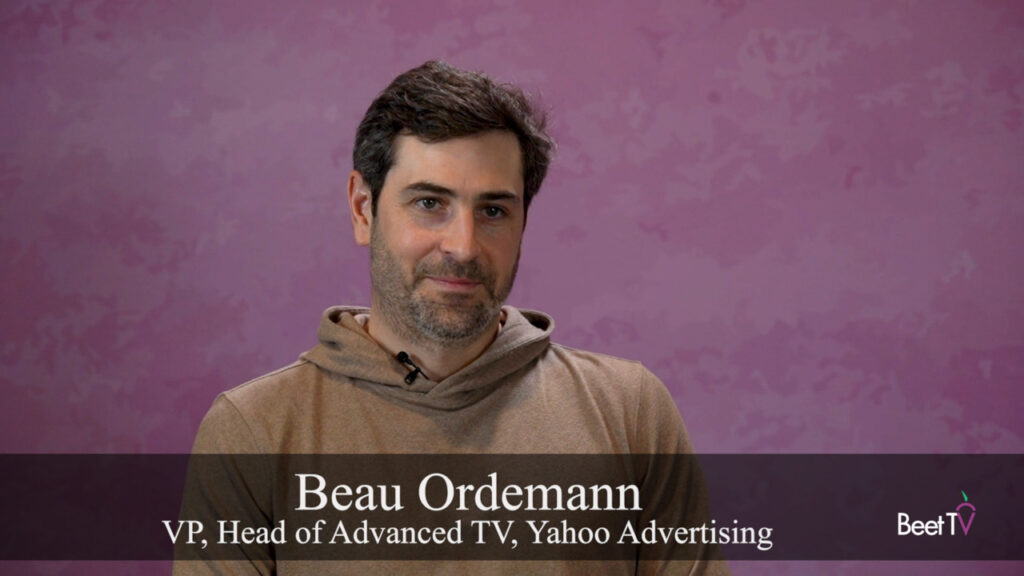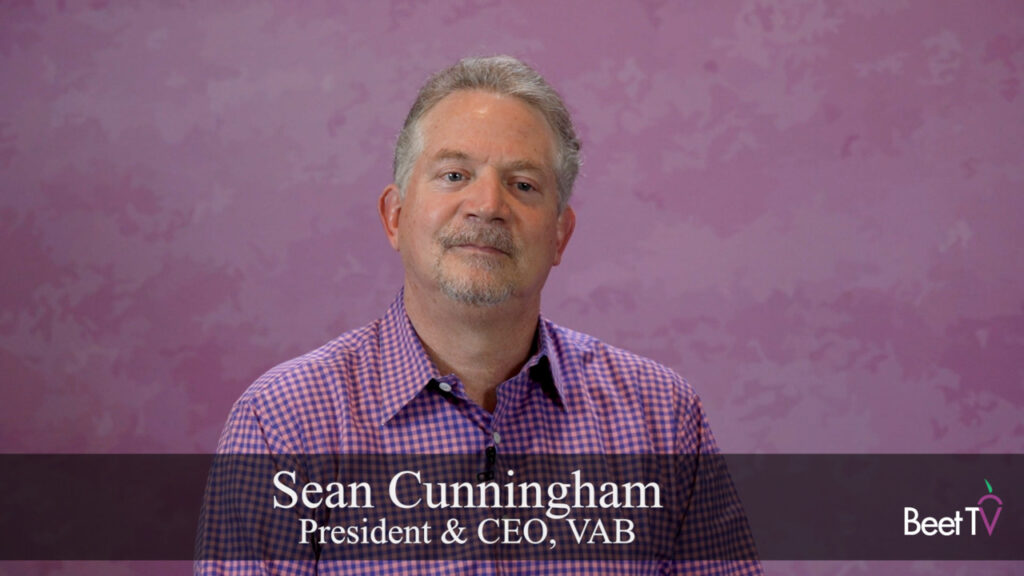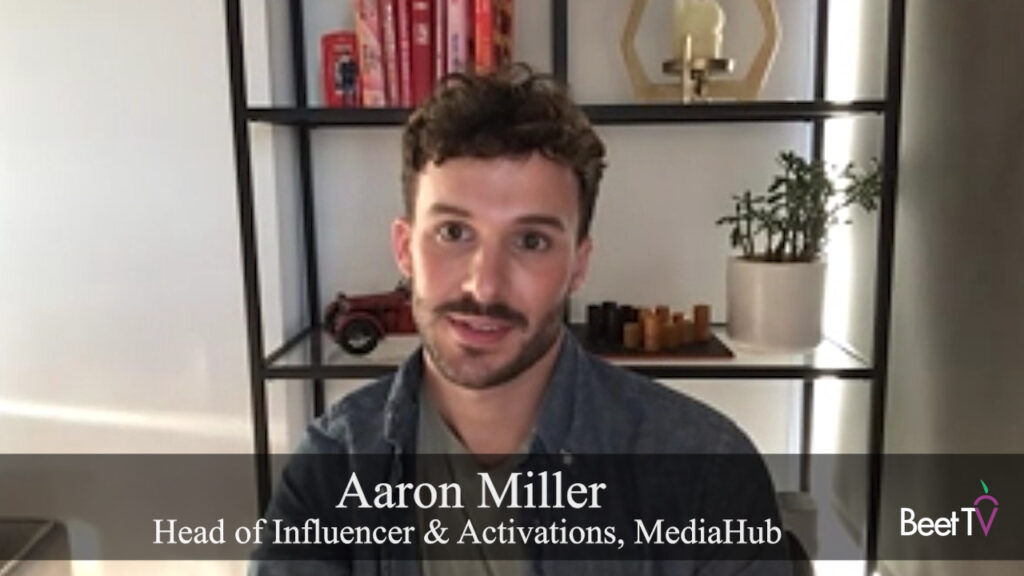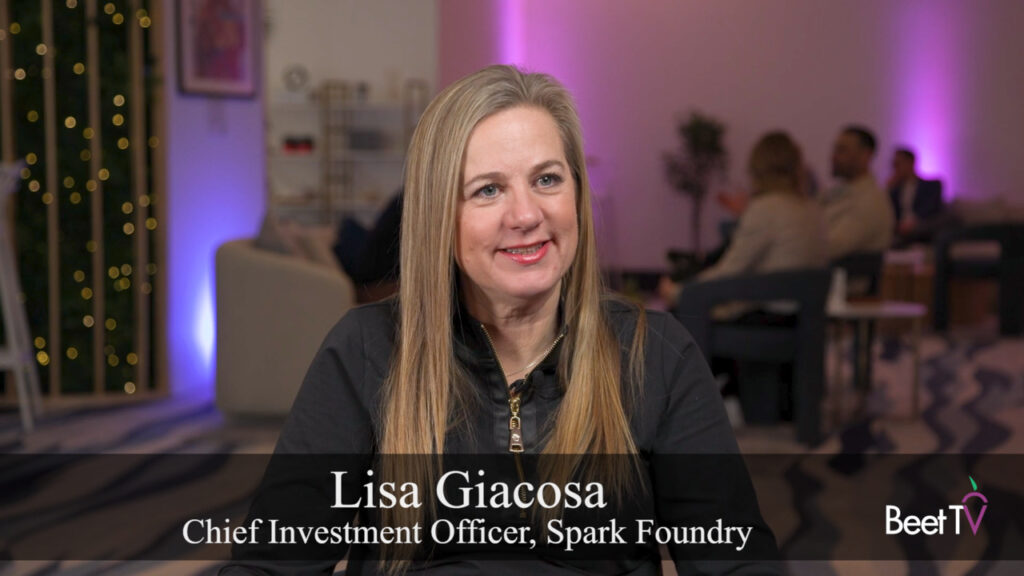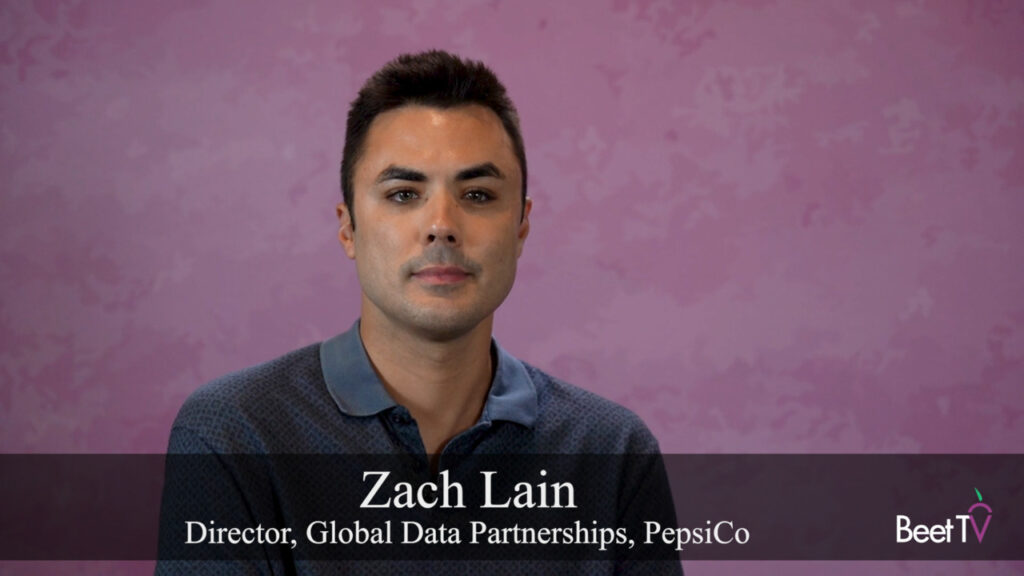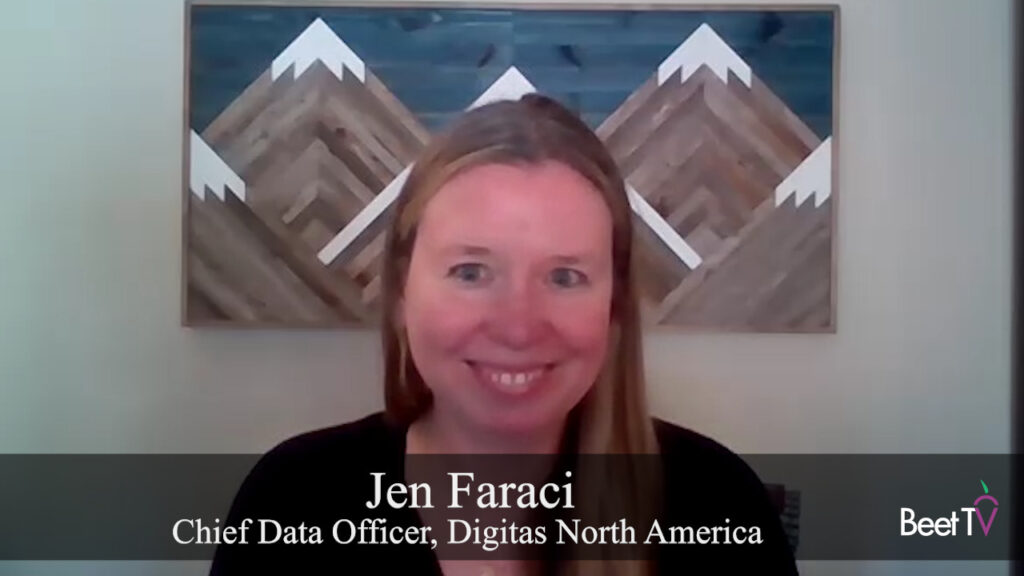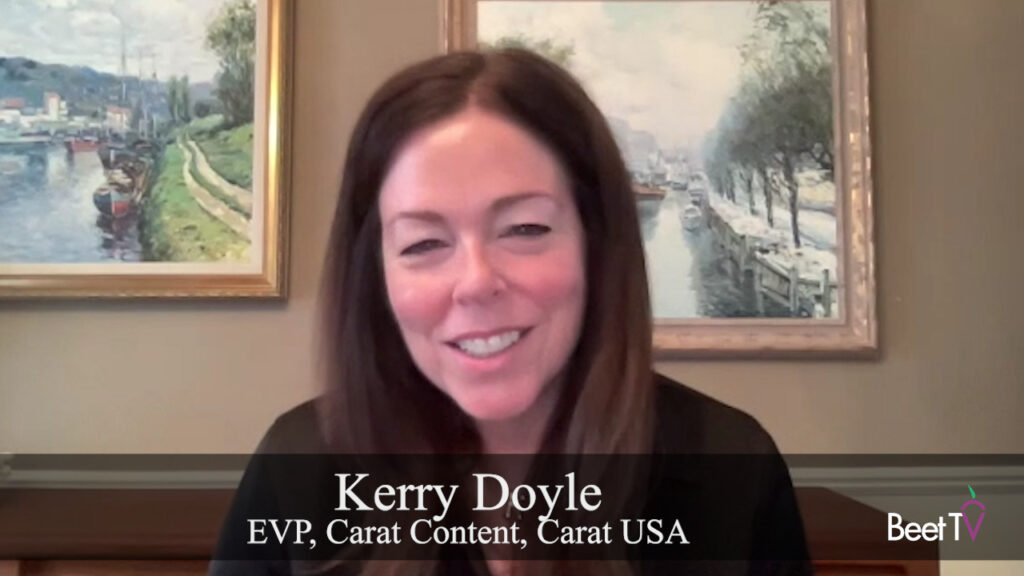LAS VEGAS — Respective privacy imperatives is just a first-order effect of the new category of “clean room” data technology.
Early adopters of the software are now starting to imagine the downstream transformations which the emerging tech can enable.
In this video interview with Beet.TV, Kemal Bokhari, Head of Data, Measurement & Analytics, DISH Media, explains how DISH is using clean rooms – and what they will change.
No data leakage
“It’s the next step, I believe, in measurement, with privacy being a keen concern of everyone as it pertains to first-party data,” Bokhari says.
“Anyone that has first-party data wants to be able to share data in a privacy-friendly environment without any type of data leakage.”
To do that previously, Bokhari says, always required trust or contractual relationships.
“But now, with clean rooms, you have technology that allows you to protect your data, where you can set parameters to not allow any data to be leaked or shared outside of what use cases you are allowing,” he says.
Easing in
“Clean room” software lets partners work on connecting datasets – without sharing privacy-sensitive parts.
And DISH Media has implements its own, together with one of the software’s vendors.
“We stood up one with Habu,” Bokhari says. “It was a very good partner of ours. They literally helped us every step of the way.
“The thing that I liked about Habu was Habu was bringing that user interface on top of a AWS, on top of a Snowflake, which will help ease advertisers get into the clean room space.”
Habu was co-founded by Matt Kilmartin and Mike Moreau to enable data collaboration in a world of walled gardens and privacy imperatives.
It supports privacy and governance, plus data collaboration, across a range of data locations, including cloud providers, media platforms, identity systems, activation suites and more.
MVPD collaboration
Bokhari, whose DISH Media was already a pioneer in addressable and programmatic ad enablement for TV, says clean rooms could change the game again in TV advertising.
“The additional data that I was hesitant to share before was linear exposures, because we sit on a lot of set-top box data,” he says.
“In the past, it was very difficult to do that. But now in addition to addressable exposure, I can share linear exposures for that brand’s linear and addressable campaigns.”
And there are more use cases to come, Bokhari suggests: “Interoperability is going to be key to drive scale, especially when it comes to TV.
“A lot of advertisers are used to big scale when it comes to digital, all the walled gardens.
“What we can do is, MVPDs can come together and work collaboratively on being able to share data without the other MVPDs seeing the other data in an environment where you control all the technical controls.”
You’re watching ‘Clean Rooms: Collaboration Goes Mainstream,’ a Beet.TV Leadership Series produced at CES 2023, presented by Habu. For more videos from this series, please visit this page. For all of our coverage from CES 2023, please click here.














